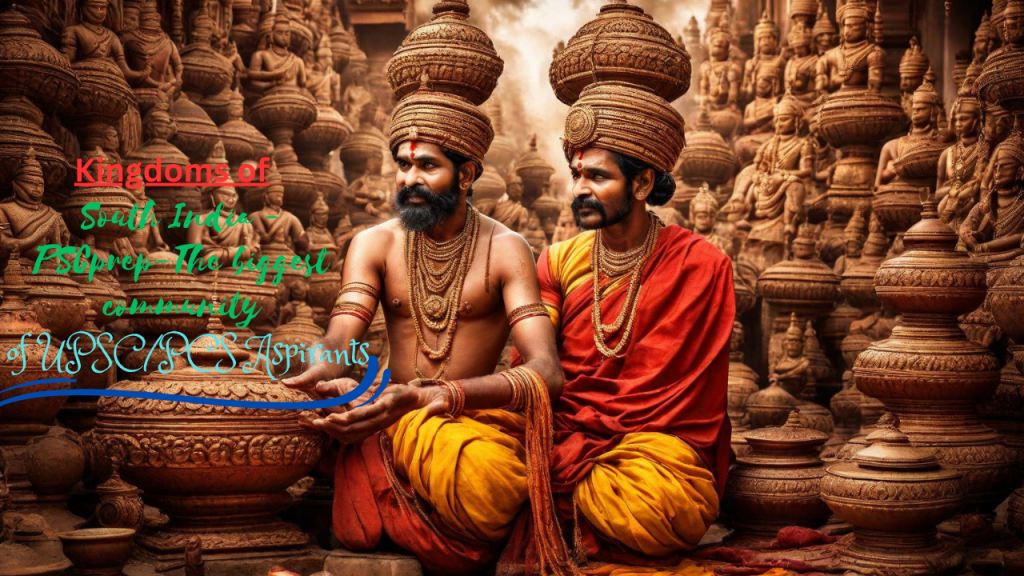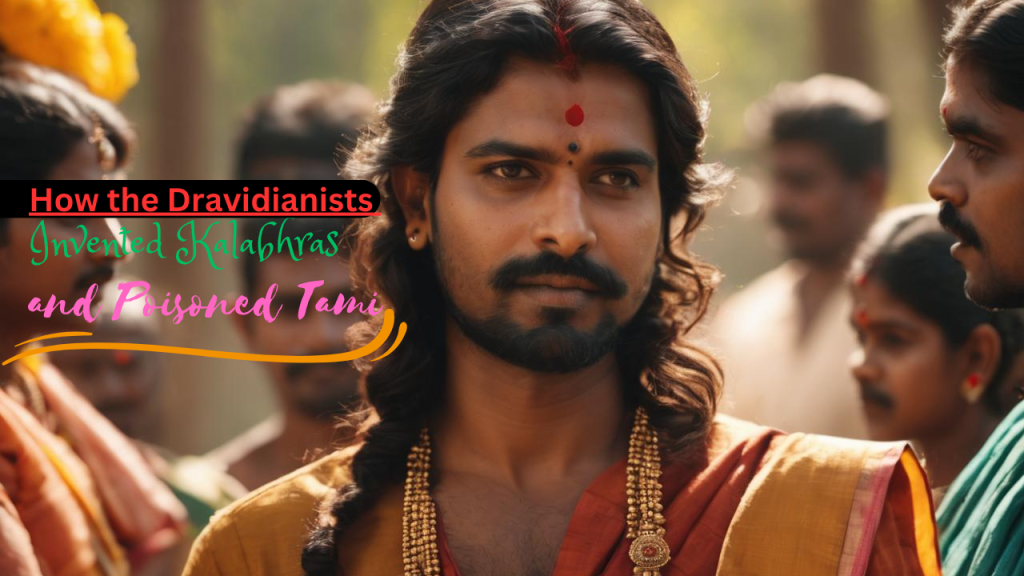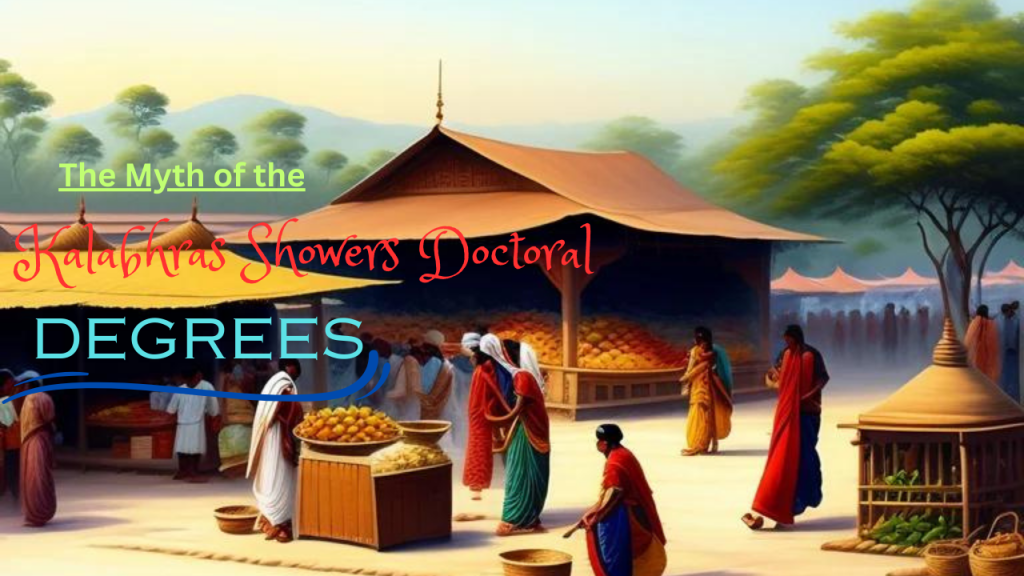YHRJWN Mom Gifts - Best Mom Ever Mug - Gift for Women for Mothers Day, Christmas, Birthday - Marbled Cup Mug 14 Oz with Gift Box, Spoon, Coaster (Grey)
$22.91 (as of May 8, 2024 18:54 GMT +00:00 - More infoProduct prices and availability are accurate as of the date/time indicated and are subject to change. Any price and availability information displayed on [relevant Amazon Site(s), as applicable] at the time of purchase will apply to the purchase of this product.)The Cultural Impact of Kalabhras in South India
South India’s rich and diverse cultural heritage has been influenced by numerous dynasties and rulers throughout its history. One such group that left a notable mark on the region is the Kalabhras. The Kalabhras were an ancient dynasty that ruled parts of South India during a relatively obscure period in history. While their reign might not be as well-documented as some other dynasties, they had a significant cultural impact on the region.
The Kalabhras: Historical Context

The Kalabhras are believed to have ruled South India during the 3rd and 4th centuries CE. Their exact origin is still a matter of debate among historians. Some theories suggest that they might have been of foreign origin, possibly hailing from Sri Lanka. What makes the Kalabhras intriguing is that their rise to power coincided with the decline of the once-mighty Tamil dynasties, such as the Cholas and the Pandyas.
Language and Literature

One of the most enduring contributions of the Kalabhras was in the realm of language and literature. During their rule, there was a noticeable shift in the linguistic landscape of South India. While the early Tamil dynasties had a stronghold on classical Tamil literature, the Kalabhras seemed to promote the use of Prakrit, a language more accessible to the masses. This shift in language usage played a crucial role in the evolution of South Indian languages and literature.
Religious Influence

The Kalabhras were also instrumental in the propagation of Buddhism. Their rule witnessed a period of resurgence for Buddhism in South India. Buddhist monastic institutions flourished during their reign, and they played a vital role in the spread of Buddhist teachings. This religious influence left a lasting mark on the cultural and religious landscape of South India.
Art and Architecture

Although there is limited archaeological evidence to ascertain the full extent of their contributions to art and architecture, it is believed that the Kalabhras did leave their mark. The period under their rule saw innovations in temple architecture, particularly cave temples. These temples, adorned with intricate sculptures and artwork, were a significant departure from the traditional temple designs of the time.
Legacy and Influence

Despite their relatively brief reign, the Kalabhras had a lasting influence on South Indian culture. They marked a transitional phase in the region’s history, influencing language, religion, and artistic expressions. The decline of the Kalabhras eventually paved the way for the resurgence of Tamil dynasties, notably the Pallavas and Cholas, who carried forward and built upon the cultural elements introduced during the Kalabhra period.
In conclusion, the Kalabhras were a unique and relatively enigmatic dynasty in South Indian history. While their exact origins and the extent of their influence are still subjects of historical debate, there is no denying their cultural impact. Their contributions to language, religion, and art have left an indelible mark on the rich tapestry of South Indian culture. The Kalabhras may have been a relatively obscure dynasty, but their legacy endures as an integral part of South India’s cultural history.




